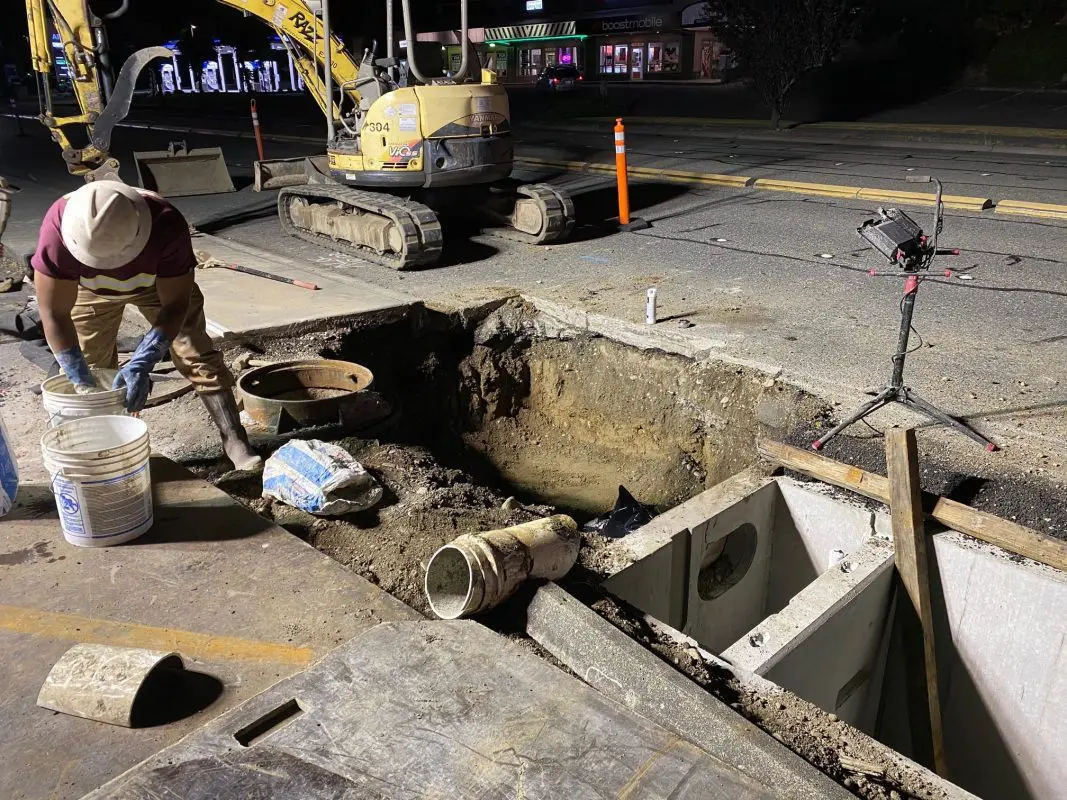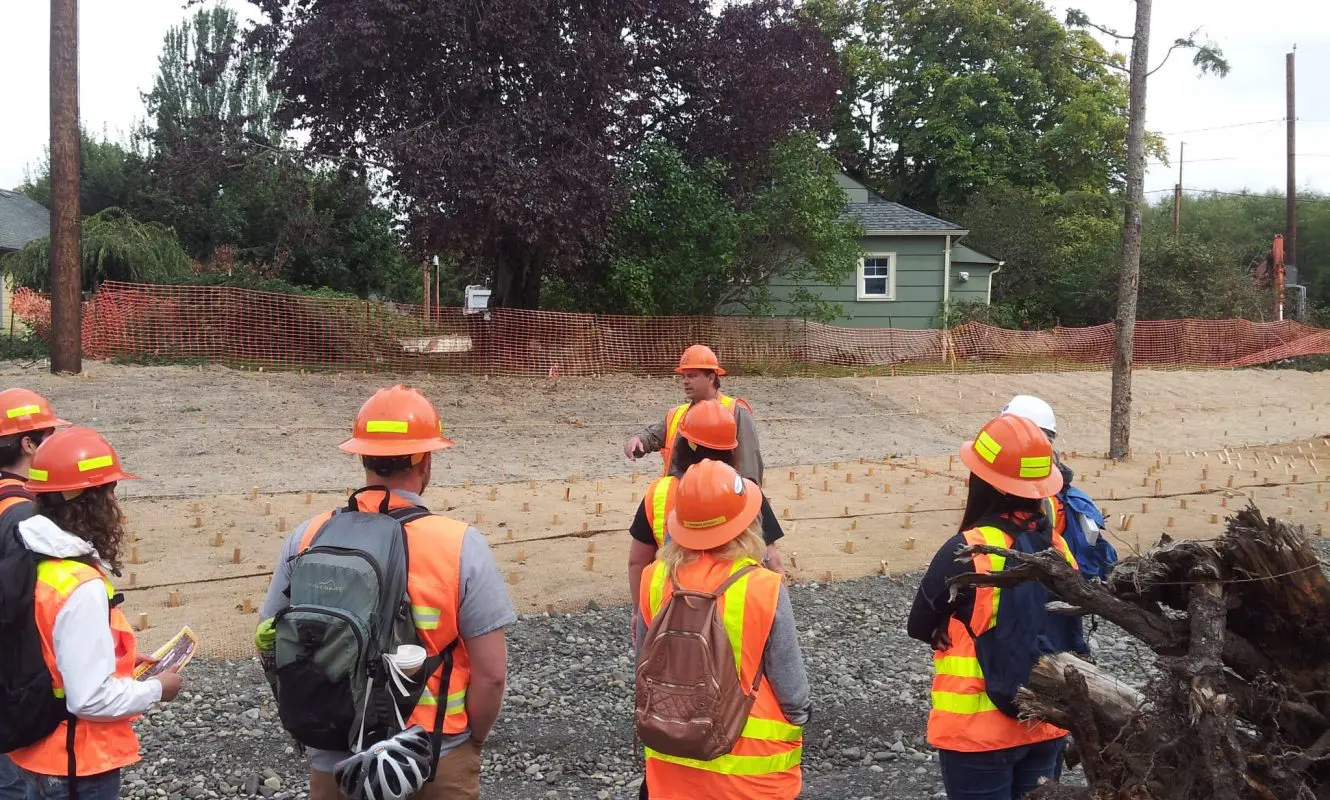Overview
The City of Bellingham (City) updated its Surface and Stormwater Comprehensive Plan in 2020 to identify and plan for population growth and development, ongoing operations and maintenance requirements, safety and property damage issues related to flooding, and environmental concerns for water quality and aquatic resources. The City’s Plan and rate study update provide a road map for the City’s stormwater utility and Capital Improvement Plan (CIP) programs with implementation strategies for the next six years. This is the City’s first major update since 2007. This plan serves as a guide for the City’s stormwater management with implementation strategies for the next six years.
The Surface and Stormwater Comprehensive Plan Update also includes the results of a rate study and outlines a cost-based surface water management rate that adequately funds existing and future surface water management utility operations, outlines a prioritized CIP to meet service level goals, and addresses State and Federal regulatory requirements (NPDES).
Additionally, the Plan identifies capital improvement needs (water quality improvement, infrastructure renewal and replacement, and fish passage projects), surface and stormwater program management requirements, and associated cost estimates for City budgeting purposes.
The Plan identifies:
- Background information on the City’s stormwater infrastructure, water bodies, stormwater modeling, and planning
- Considerations and risks from climate change
- The City’s fish passage prioritization program to address fish barriers
- Details about water quality, facility retrofit, and stormwater conveyance improvement projects
- An in-depth review of the City’s financial policies, program funding, and rate structure and details capital improvement funding scenarios and outlines strategies to help meet the City’s stormwater goals
Public Participation
The community was invited to attend a virtual Open House on September 9, 2020. A link to the video recording of the Open House is available below. Public comments on the Plan were accepted until October 12, 2020.
The plan was adapted by City Council on September 28, 2020 with Resolution No. 2020-037.
About the Plan
Additional Information
Visit the resources below to learn more.



